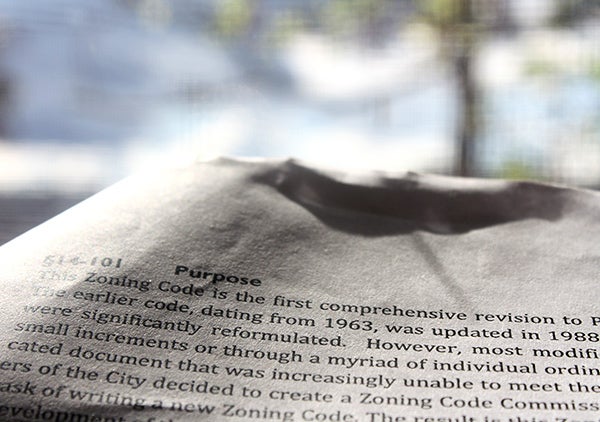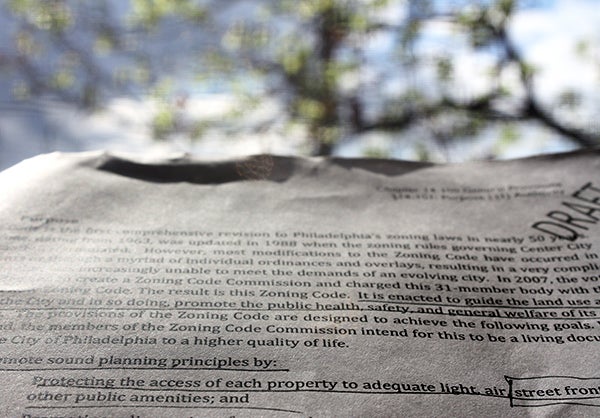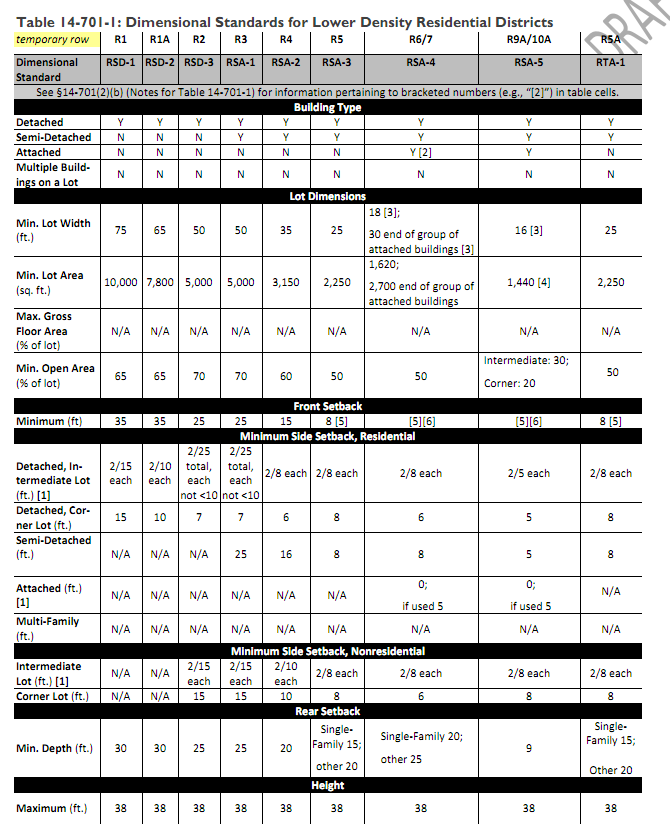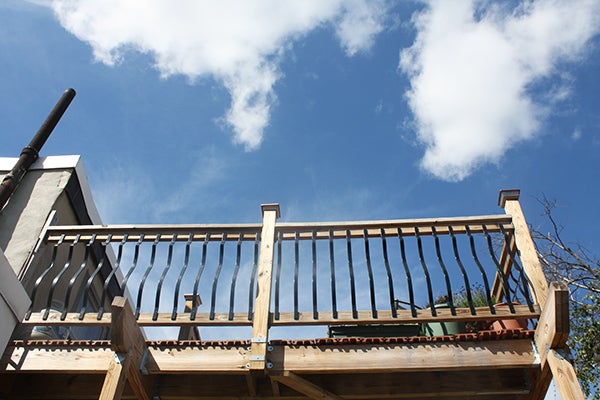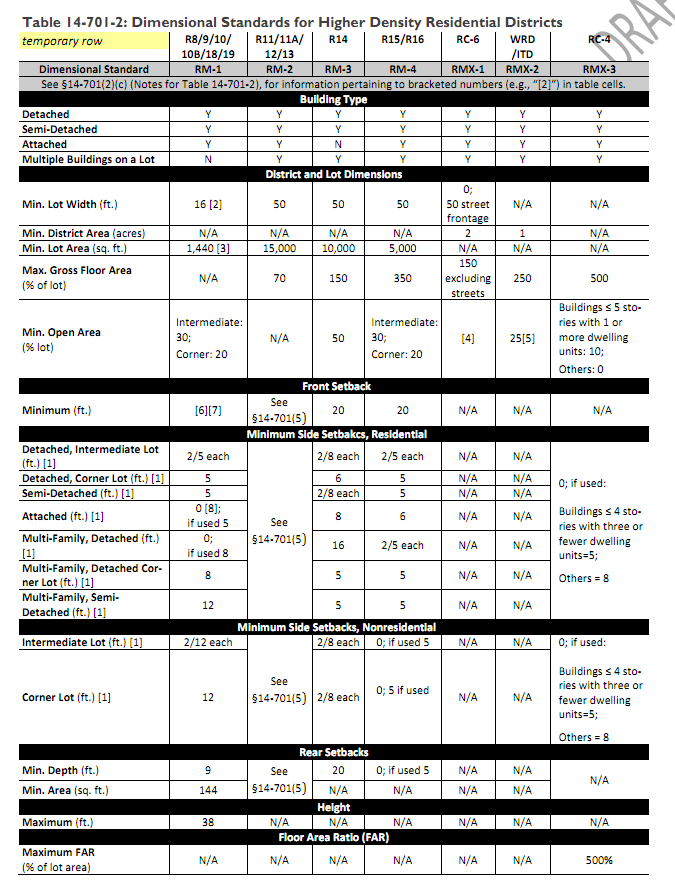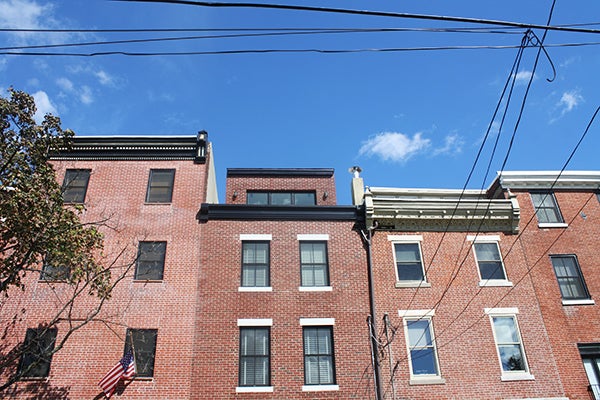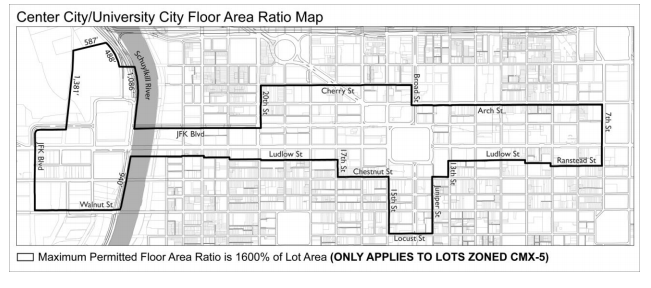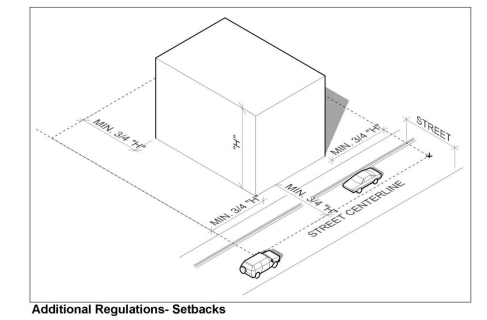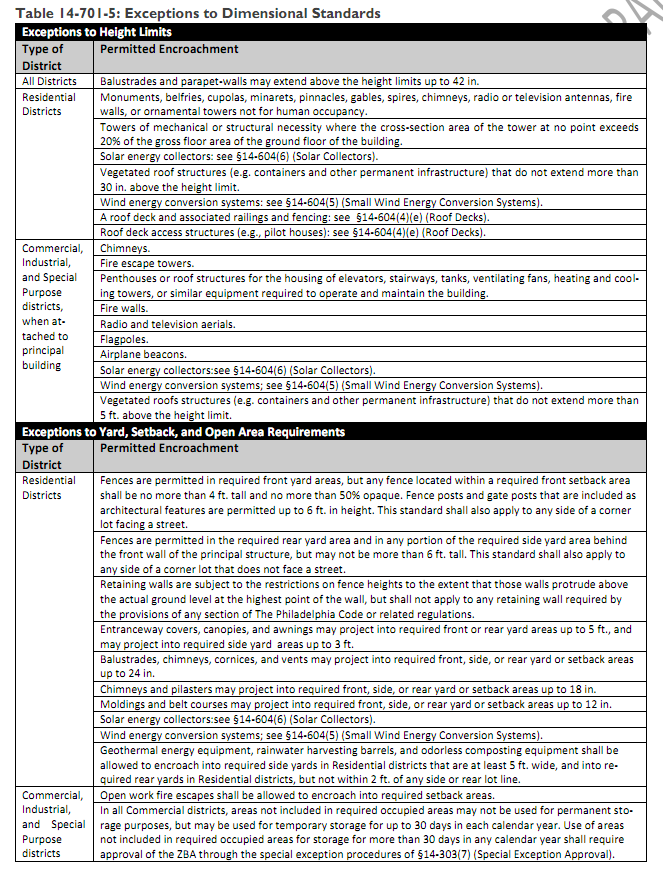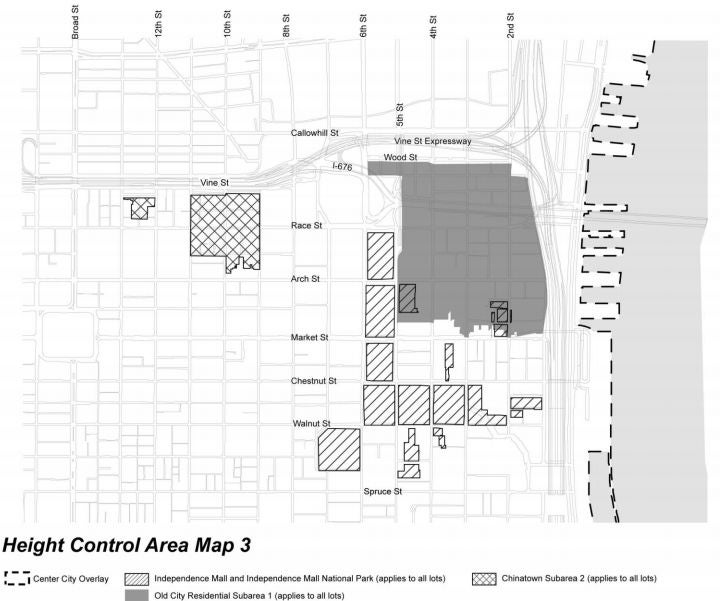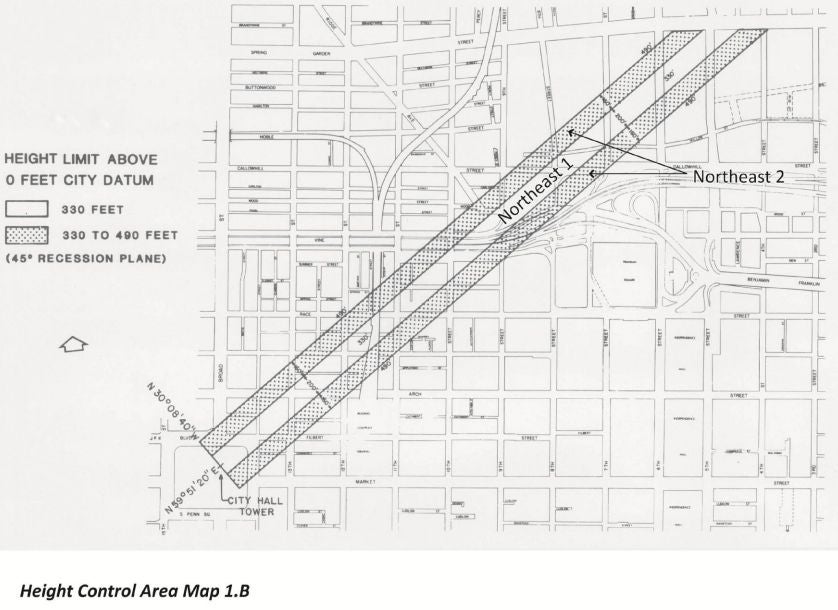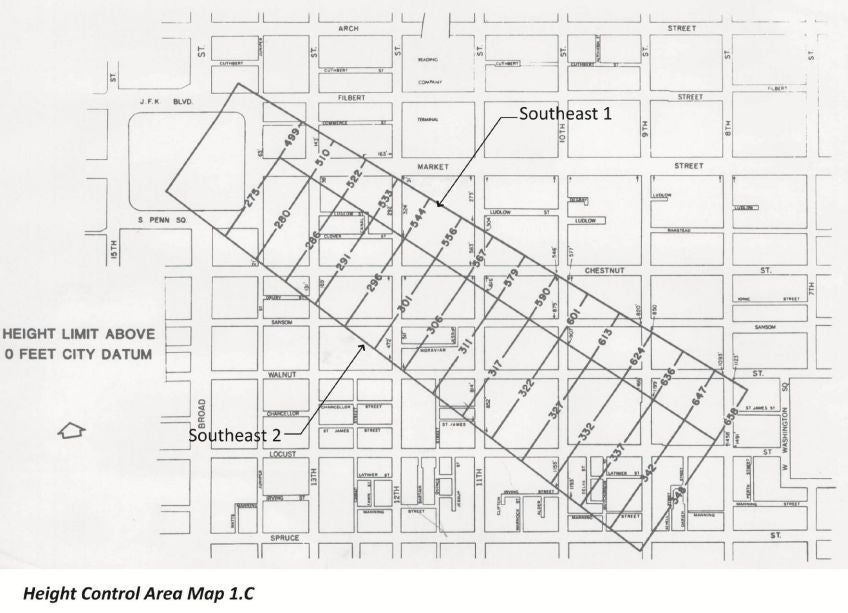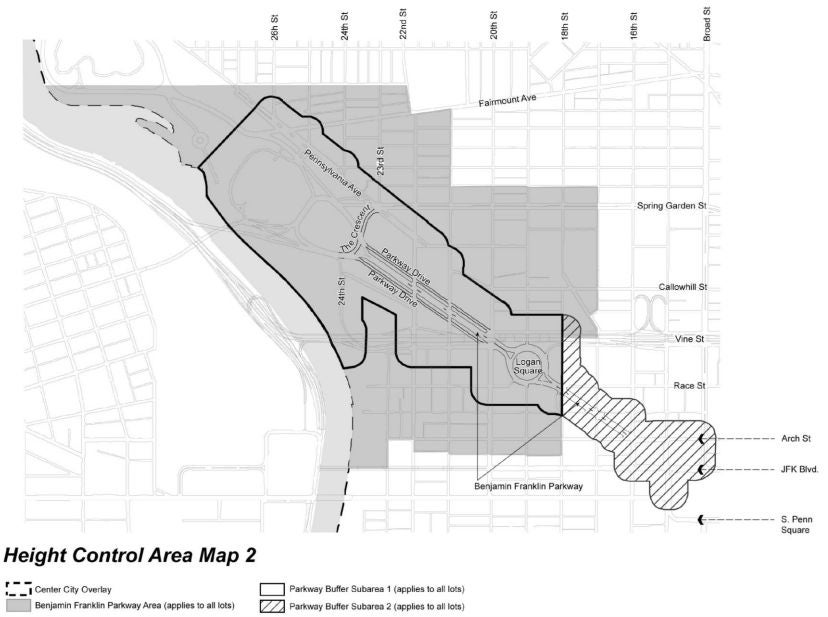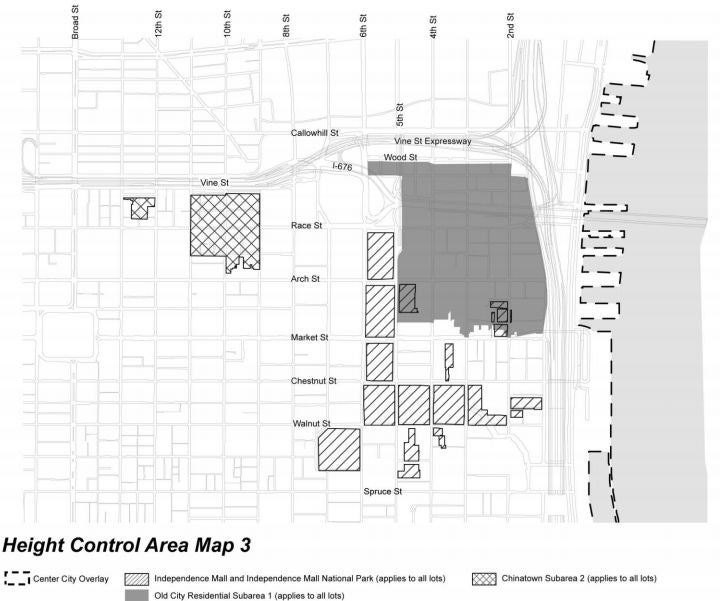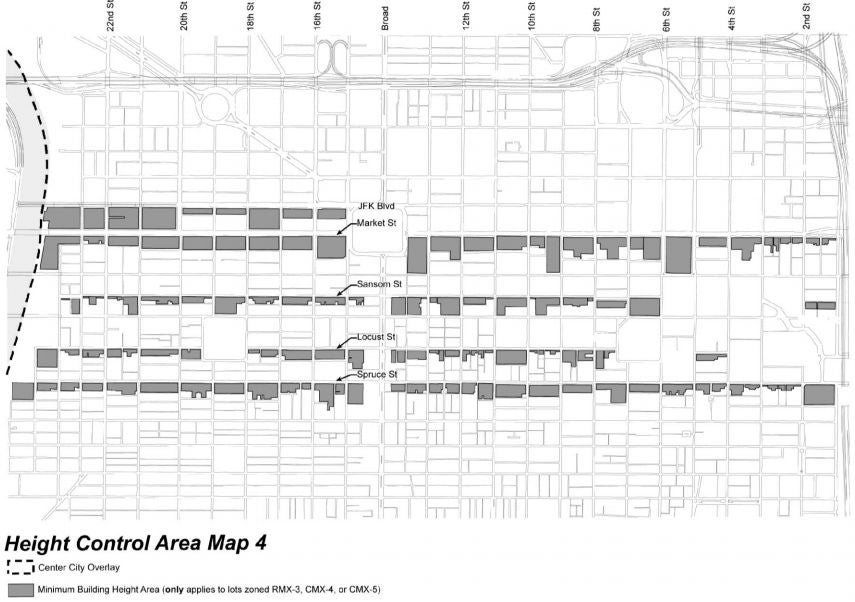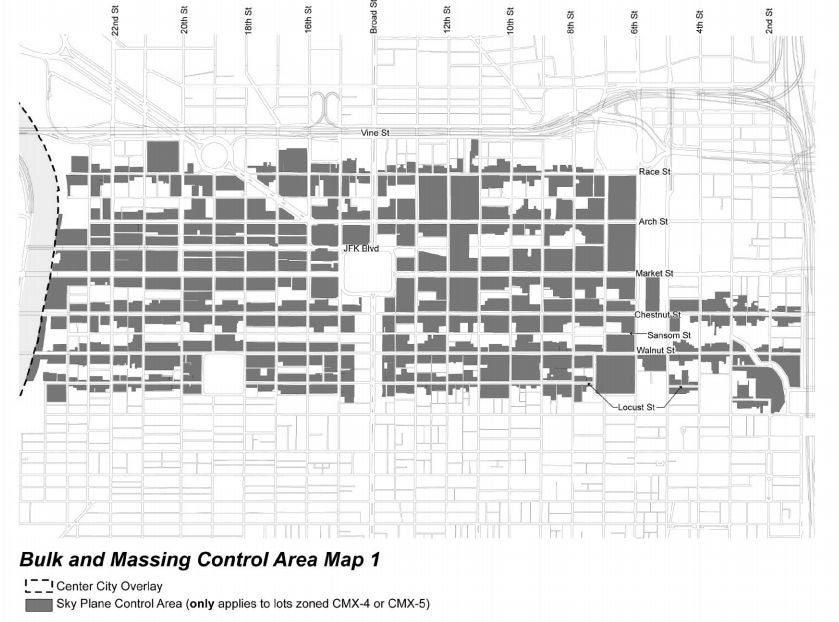The Goals of Zoning Reform, Part I: Protecting access to light & air
In the next few weeks, both City Council and the Zoning Code Commission will reconvene. Council will begin holding public hearings on the commission’s proposals, and the ZCC will continue to fine-tune the draft code in preparation for submitting a final report. While it is ultimately up to Council to decide when to close public hearings and take action on the draft code, the ZCC and other stakeholder groups hope that the draft will be approved by the end of 2011.
In an effort to engage readers in the zoning reform process, PlanPhilly will post a series of stories over the next month that aims to measure how well the draft serves its stated purposes, which are laid out in the very front of the ZCC’s preliminary report. The reformed zoning code claims to promote four categories of purposes: sound planning principles, sustainable and environmentally responsible practices, growth and economic development, and fair and consistent procedures for the use of the code itself.
Each of these purposes carries a handful of sub-purposes, and in this series, PlanPhilly holds the draft code up to these purposes in order to evaluate its adherence to its goals. In the process, we hope to explain in general terms what zoning reform could mean to Philadelphians. If you haven’t been paying close attention to the four-year zoning reform process in our city, now is an excellent time to start.
And we’ll start at the very beginning.
The first purpose that the draft code claims to serve is promoting sound planning principles by “Protecting the access of each property to adequate light, air, street frontage, and other public amenities.” This one seems like a no-brainer. What would a city be like if its buildings didn’t get a fair share of light, air, and access to the street?
But, said Emanuel Kelly, a ZCC commissioner and principal architect at Kelly/Maiello Architects & Planners, if you look at the oldest sections of Philadelphia, you can see that these things weren’t taken into account when certain neighborhoods were being developed. Places like Port Richmond, Kensington, and parts of South Philadelphia are built out primarily with rowhouses accompanied by tiny yards. These buildings’ only access to light and air is through windows on the front and back of the houses, and it is often minimal.
These neighborhoods have a desirable character all their own, of course, and the new code wasn’t drafted to change that. So rather than looking to replace what already exists, Kelly said the ZCC asked itself, “How do you improve these standards for new infill units?”
And the answer is provided in a few sections of the code. The first place to look for specific regulations governing access to light, air, and street frontage is in §14-701 of the draft code: Dimensional Standards. This chapter sets standards for front, side, and rear setbacks, lot area, maximum gross floor area, and height regulations, to name a few. It distinguishes between higher-density and lower-density residential districts as well as between residential, commercial, and industrial. §14-701 also carries a handful of dimensional standard tables, which allow builders to easily check what regulations apply in their districts.
“The most important thing,” Kelly said, “was to take language that was archaic, in the sense that you have to be a professional to understand it, and make it more user friendly.”
The tables do just that. For example, if you want to build in a higher-density residential district such as RM-1, you can quickly find out that your lot must be a minimum of 16 feet wide, your building can be a maximum of 38 feet high, and your rear setback must be at least nine feet wide and have an area of no less than 144 square feet. In addition, this chapter notes that a lot must have a street frontage (defined as “The edge of a lot that is contiguous to any publicly dedicated street”) of at least two thirds the minimum lot width required in the given district. For districts that do not have minimum lot widths, street frontage must be “not less than two-thirds of the width of the lot at its widest point.”
Northern Liberties Neighborhood Association president Matt Ruben said that, from a community perspective, “the new code is meant to prevent overbuilding.” And keeping development reasonably regulated is directly linked to protecting properties’ access to light and air.
“We want to preserve the livability and character of our neighborhoods,” Ruben said, “and we want to avoid overbuilding. Light and air are the most basic reasons for zoning.”
Ruben pointed out that while some dimensional regulations have been eased—for example, the maximum height for residential buildings is now 38 feet, up from 35—the decrease in zoning variances will keep development in check. Currently, zoning variances, which are needed for most development, can sometimes allow projects to proceed which are out of step with the neighborhoods surrounding them. A developer can, for example, use a variance to get a residential property rezoned, thereby sidestepping the dimensional requirements of the residential district altogether. The new code should prevent that from happening, for the most part. The tradeoff is that there is slightly more leeway for projects that don’t need variances.
Ruben pointed out that the standard for normal house size is bigger now than what it was when his and other neighborhoods were built. Thus the increase in maximum height.
“It’s not a radical increase,” Ruben said, “but it’s a noticeable one.”
Another component of the reformed code that protects access to light is a section known as the “Sky Plane Control Area,” which covers most of Center City. What’s monitored in this area is essentially how much sky a pedestrian can see when standing in the middle of the street and looking up. This is determined by a computer program which measures how much of the sky plane is blocked by a building or proposed building at various heights above the street. For example, looking up 100 feet from the middle of Arch street in Center City, your view of the sky might be 100% blocked, but looking up 1,000 feet, your view might be 100% unobstructed. Sky plane controls regulate the size and placement of proposed buildings based on this model.
Joe Schiavo of Old City Civic Association likes this component, but doesn’t feel it goes far enough. The Sky Plane Control Area contains parts of Race, Arch, JFK, Market, Chestnut, Walnut and Locust, west of the Schuylkill River. (For specific boundaries, see §14-502(2)(b)(.20) of the preliminary report). Schiavo pointed out that these are only the East-West streets in Center City, and the North-South streets are exempted.
“The ZCC came up with a good standard,” Schiavo said, “but why the limited application in the area where sky plane may apply?”
Though its scope is limited, the Sky Plane Control Area is a concept that gets at the heart of the new code’s first stated purpose, by literally making sure that the light gets in. Without changing the parts of our city that were built hundreds of years ago, the new code aims to guide the development of new projects in ways that protect each property’s access to our public resources. Emanuel Kelly noted that there were differences of opinion among the ZCC regarding how to do that.
“It took a long time to work out an agreement as to what the adjustments would be,” Kelly said.
And the process isn’t over yet. Joe Schiavo, for one, believes there’s still time to get the Sky Plane Control Area extended to include Center City’s North-South streets.
“I honestly don’t see why that can’t yet be changed,” Schiavo said.
Next Up: PlanPhilly explores how the draft code adheres to and reinforces Philadelphia’s sustainability goals.
Contact the reporter at jaredbrey@gmail.com
WHYY is your source for fact-based, in-depth journalism and information. As a nonprofit organization, we rely on financial support from readers like you. Please give today.



